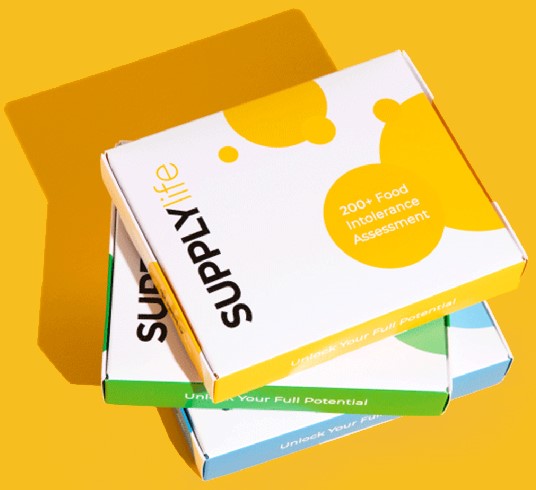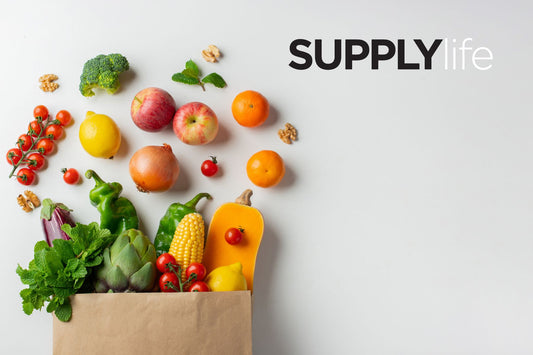Discovering that you're lactose intolerant can initially feel like a daunting dietary challenge. However, with a bit of know-how and preparation, it's entirely possible to enjoy a diverse, delicious, and nutritious diet without the discomfort that lactose can bring. This guide aims to arm you with practical tips and strategies for meal planning and preparation, ensuring that your transition to a lactose-free lifestyle is both seamless and enjoyable.
Understanding Lactose Intolerance
Lactose intolerance is a common digestive issue where the body lacks sufficient lactase, the enzyme required to break down lactose, the sugar found in milk and dairy products. The symptoms can range from mild to severe and typically include bloating, gas, and abdominal discomfort. Recognising your specific triggers is the first step towards adapting your diet to suit your needs.
Getting Started: The Lactose-Free Kitchen
Stocking Up: Begin by revamping your pantry and fridge. Stock up on lactose-free alternatives like almond, soy, oat, or coconut milk. Nutritional yeast and lactose-free cheese can be excellent substitutes for cheese, while coconut oil and lactose-free butter are ideal for cooking and baking.
Reading Labels: Familiarise yourself with food labels, as lactose can be hidden in less obvious products like processed meats, bread, and even some medications. Look for terms like whey, curds, milk by-products, and dry milk solids, which indicate the presence of lactose.
Kitchen Organisation: Dedicate sections of your pantry and fridge to lactose-free products to avoid cross-contamination and to make it easier to reach for safe ingredients when cooking.
Meal Planning with Lactose Intolerance
Diverse Diet: Embrace a variety of grains, proteins, fruits, and vegetables in your diet. Lactose intolerance doesn't mean sacrificing calcium; leafy greens, almonds, and fortified plant-based milks are excellent sources.
Recipe Adaptation: Get creative with adapting recipes. Use lactose-free milk in your morning porridge or coffee. In creamy sauces or soups, coconut milk can provide a rich, lactose-free alternative.
Batch Cooking: Prepare meals in batches and freeze portions for later. Soups, stews, and casseroles are easily made lactose-free and can be a time-saver on busy days.
Snacking Smart: Plan for lactose-free snacks to avoid reaching for convenience foods that may contain lactose. Fresh fruit, nuts, lactose-free yoghurt, and homemade granola bars are great options.
Eating Out and Social Eating
Navigating social situations and eating out can be tricky but manageable with some foresight. Research restaurants in advance and don't hesitate to inquire about lactose-free options or modifications to dishes. When attending social gatherings, consider bringing a dish that you know is safe for you to share with others.
Embracing the Change
Transitioning to a lactose-free diet may seem overwhelming at first, especially due to the fact that dairy can be hidden in many foods. But it offers an opportunity to explore new foods and flavours. Many find that, aside from alleviating the discomfort of lactose intolerance, they discover a whole new appreciation for the variety and richness of lactose-free cuisine.
Think you may have an intolerance to dairy or another food group? Take one of our home food intolerance tests and find out for yourself.






